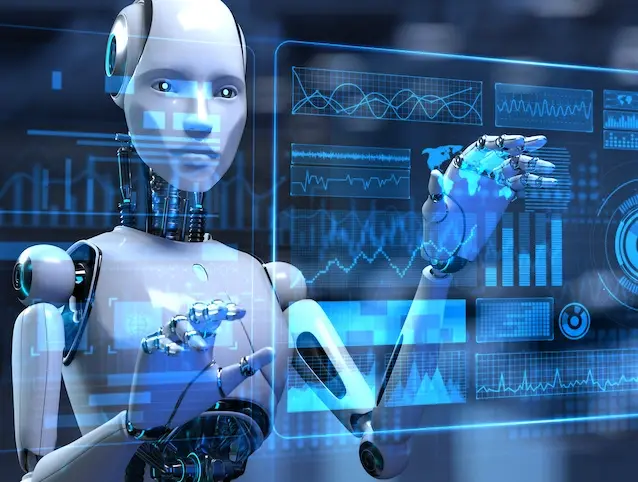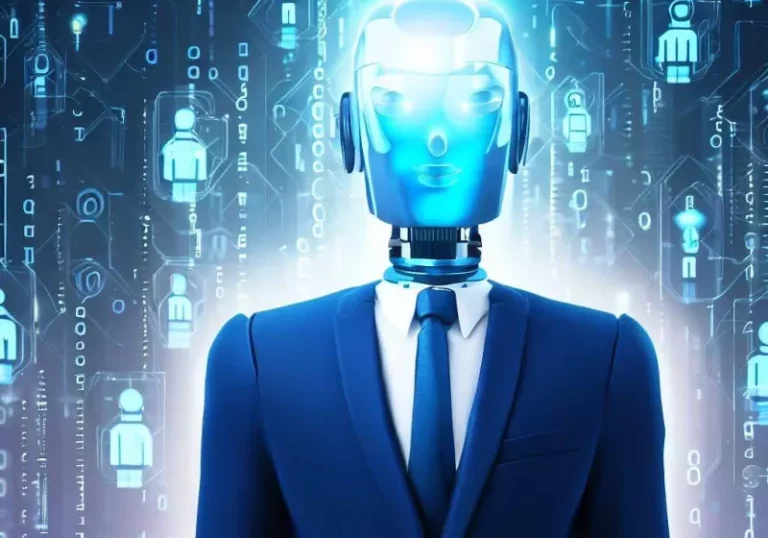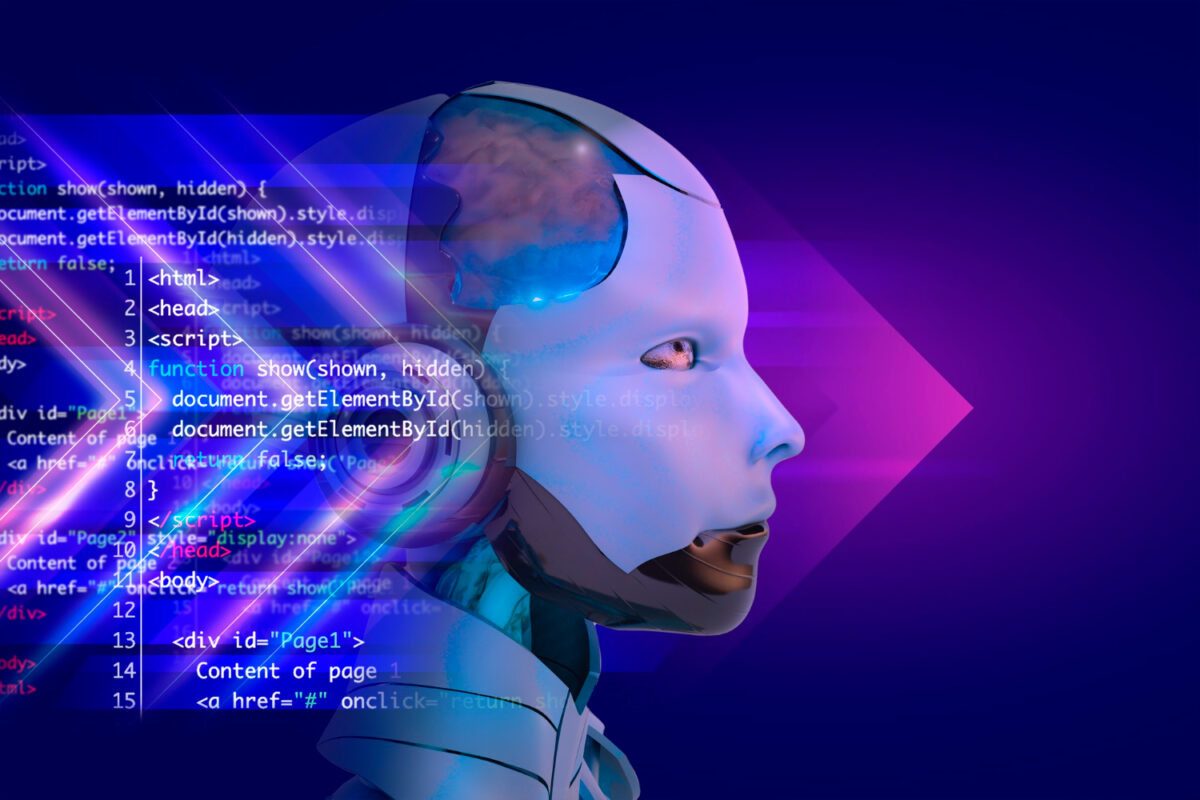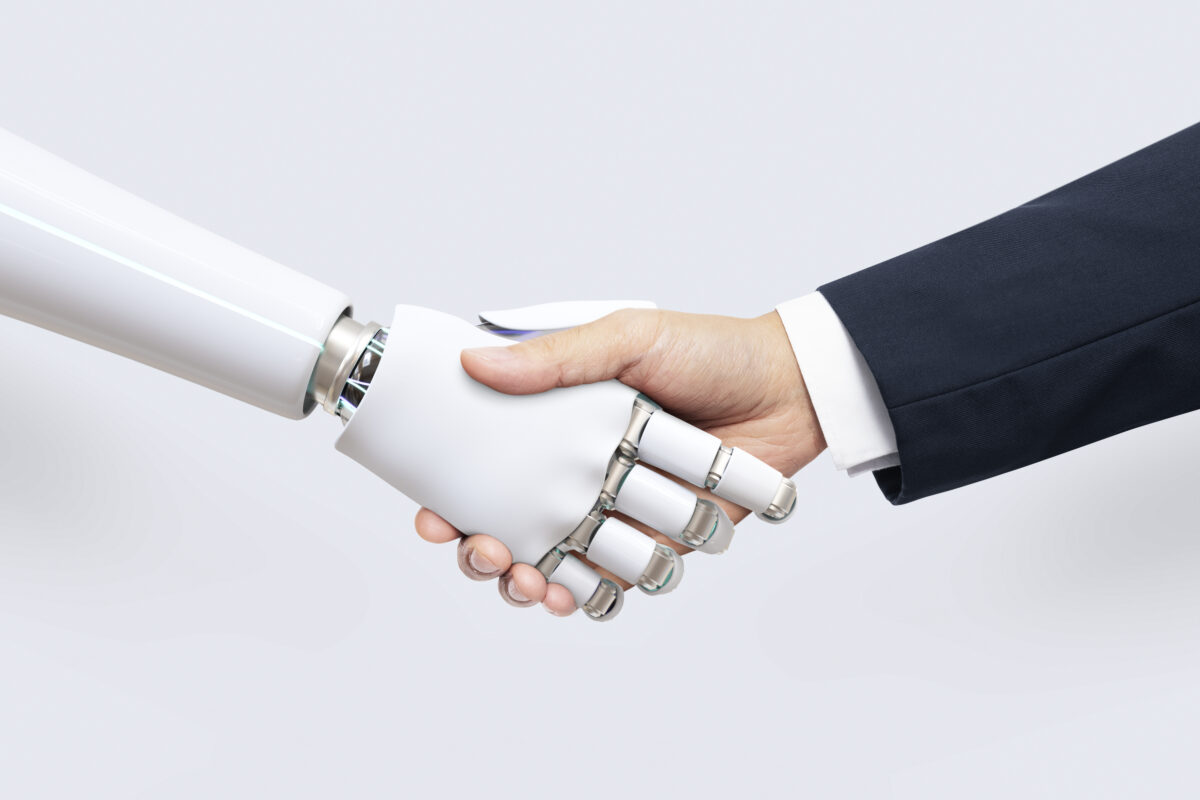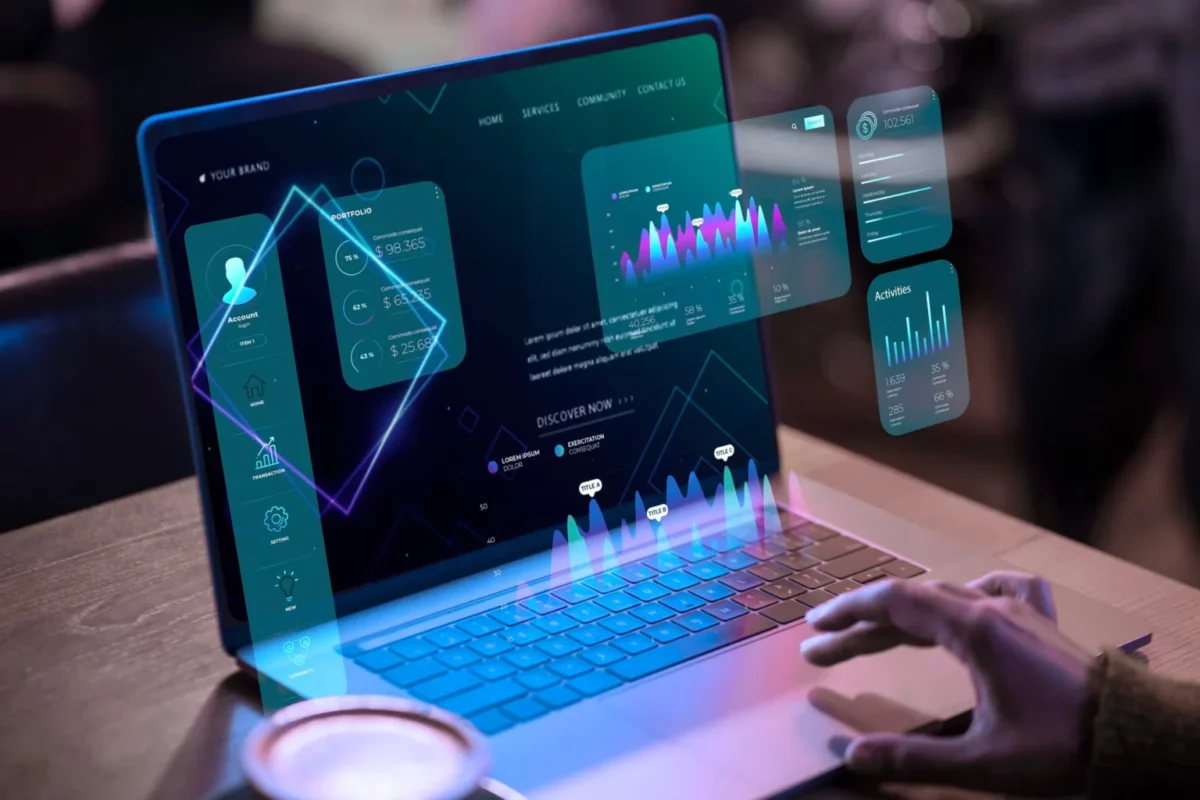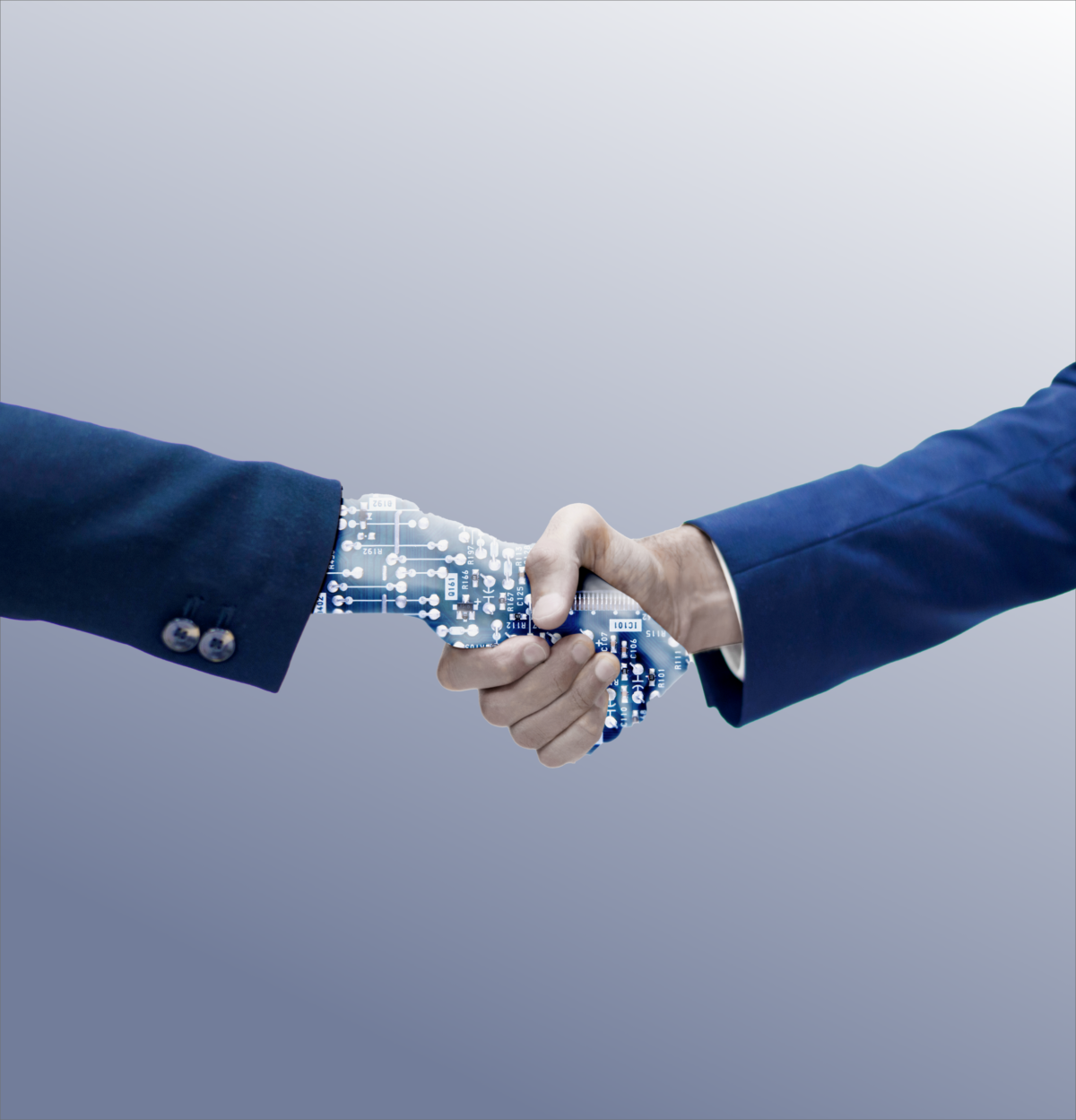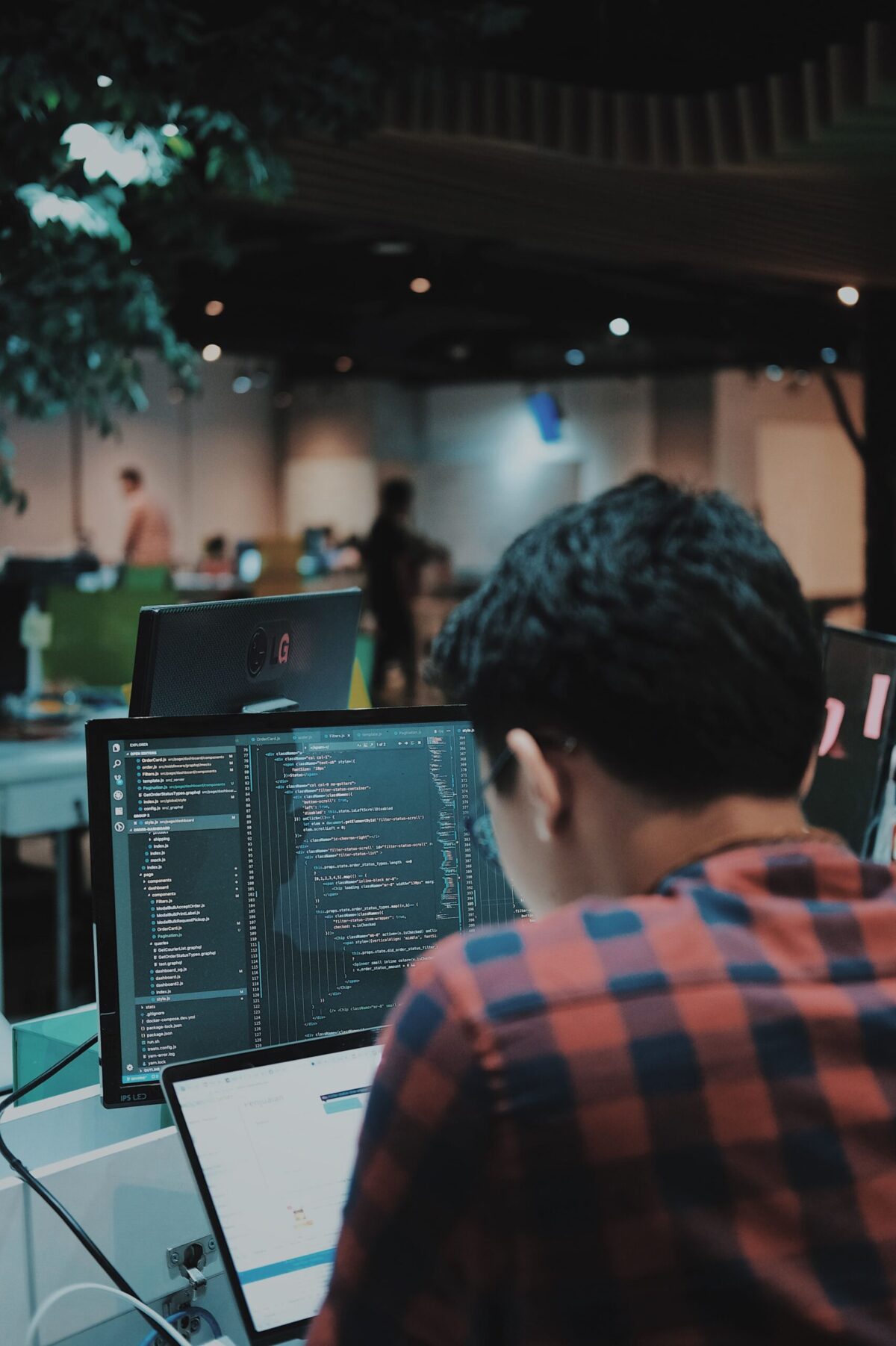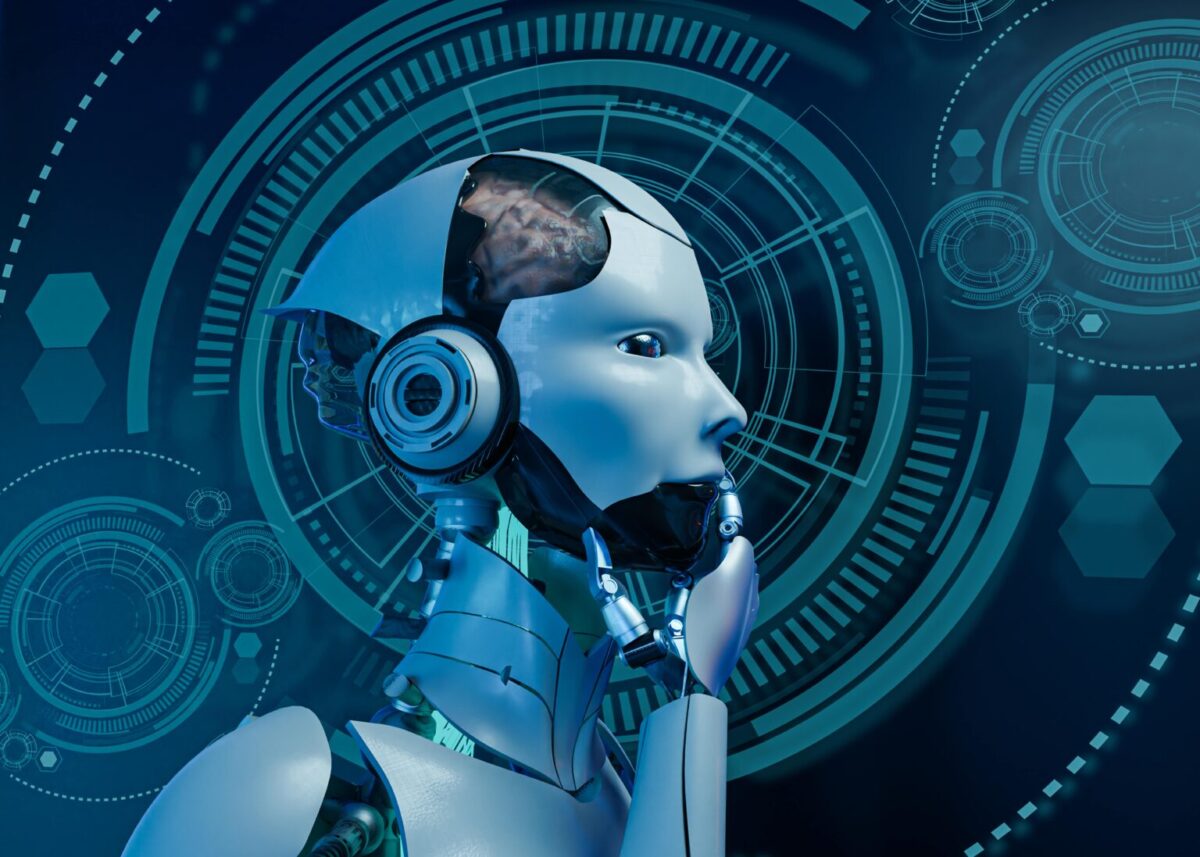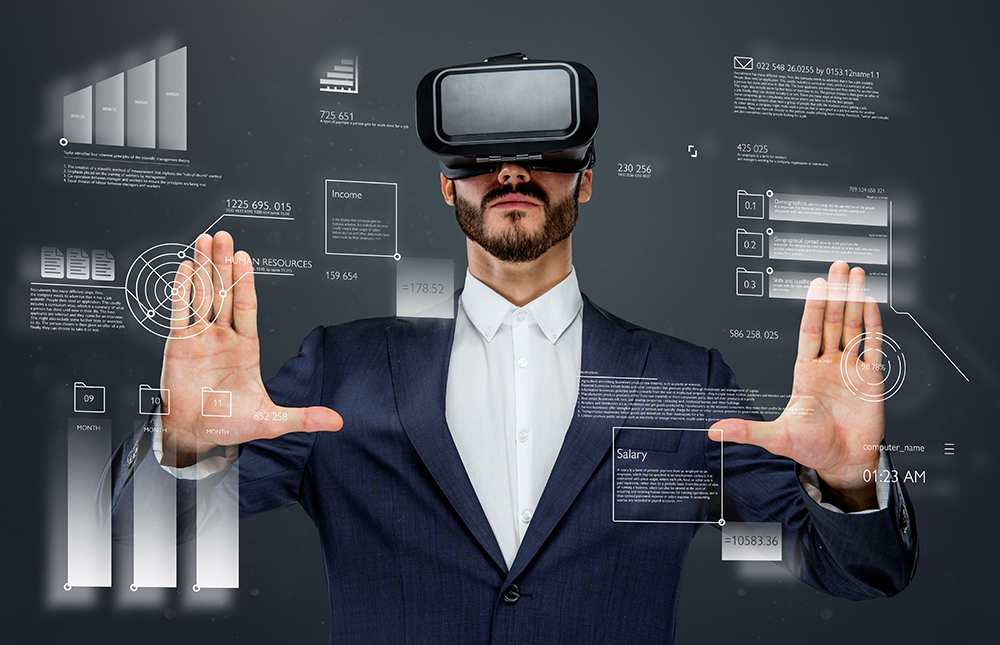In today’s rapidly evolving business landscape, AI and predictive analytics have become indispensable tools in transforming human resources. By adopting these technologies, organizations gain new capabilities to enhance decision-making, workforce management, and overall HR efficiency. Leading this revolution is KABi HC Consulting, whose Consulting-as-a-Service model integrates AI and predictive analytics to elevate HR functions from administrative roles to strategic partners in business success. In this blog, we explore how AI and predictive analytics are redefining HR and empowering consulting services to drive long-term organizational value.
The Evolution of HR through AI and Predictive Analytics in Workforce Management
The role of AI and predictive analytics in HR is reshaping traditional practices and introducing data-driven insights that foster smarter decisions and strategic alignment. Here are key areas where predictive analytics in workforce management is transforming HR functions:
- 1.Automation of Administrative Tasks: AI technologies streamline routine tasks like payroll, benefits administration, and compliance, reducing human error and freeing HR professionals to focus on strategic initiatives. This shift from manual processes to automated workflows is crucial in optimizing HR efficiency.
- 2.Enhanced Talent Acquisition: Predictive analytics plays a vital role in recruitment by analyzing historical hiring data to predict candidate success and cultural fit. AI-driven assessments use these insights to improve the quality of hires, allowing HR teams to make informed and proactive hiring decisions.
- 3.Employee Engagement and Retention: AI tools analyze employee feedback, engagement scores, and performance data to detect early signs of dissatisfaction and turnover risks. This predictive capability enables HR to intervene proactively with tailored programs to boost employee engagement and improve retention rates.
By harnessing AI and predictive analytics in workforce management, organizations can optimize every stage of the employee lifecycle, from recruitment to retention, enabling HR to make more strategic contributions to the business.
KABi HC’s Approach to AI-Enhanced HR Consulting
KABi HC Consulting is at the forefront of integrating AI and predictive analytics into human capital consulting, delivering customized, forward-thinking solutions that align with organizational goals. Here’s how KABi HC is leading the transformation in HR consulting:
- 1. Predictive Success Planning: KABi HC uses predictive models to forecast leadership needs and guide talent development, preparing high-potential employees for future leadership roles. This approach ensures that organizations have a pipeline of capable leaders to maintain continuity and strategic direction.
- 2.Performance Optimization: AI algorithms provide ongoing performance tracking, generating predictive analytics in workforce management to help managers and employees identify areas for improvement. By aligning performance with strategic goals, KABi HC enables organizations to foster high-performing teams that drive business growth.
- 3. Learning and Development: KABi HC’s AI-driven learning platforms identify skills gaps and recommend personalized learning paths for employees, ensuring relevant and timely skill enhancement. This approach aligns employee development with the organization’s strategic needs, contributing to workforce agility and resilience.
Through its Consulting-as-a-Service model, KABi HC leverages AI and predictive analytics to enhance HR processes, making human capital management more strategic, adaptive, and impactful.
Strategic Impacts of AI and Predictive Analytics on Business
The adoption of AI and predictive analytics in HR consulting brings significant strategic benefits that go beyond HR functions to impact broader business outcomes. Here are some of the ways AI-driven HR consulting supports business success:
- Agility in Decision-Making: Real-time data and predictive analytics in workforce management empower organizations to make quicker, more informed decisions. By analyzing trends and patterns, companies can proactively respond to workforce needs and adapt to changing market conditions.
- Cultural and Organizational Alignment: AI-driven insights help maintain cultural coherence by aligning recruitment, retention, and development practices with the organization’s values and strategic objectives. This alignment fosters a consistent organizational culture and boosts employee satisfaction.
- Competitive Advantage: Companies that leverage AI and predictive analytics in HR practices gain a competitive edge by attracting top talent, fostering innovation, and enhancing productivity. By making data-driven decisions, these organizations are better equipped to navigate challenges and seize new opportunities.
The strategic integration of AI and predictive analytics transforms human capital management into a powerful driver of organizational success, enabling businesses to thrive in a dynamic and competitive market.
Embracing the Future: AI and Predictive Analytics in Workforce Management
The integration of AI and predictive analytics into HR consulting is not just a passing trend; it marks a paradigm shift toward more intelligent and responsive human capital management. Companies like KABi HC Consulting are leading this transformation, helping businesses harness AI to redefine HR practices and optimize workforce management. As organizations continue to embrace these technologies, the role of predictive analytics in workforce management will only grow, making it essential for businesses to adopt these innovations to remain competitive.
In conclusion, AI and predictive analytics are shaping the future of HR consulting by providing tools that improve efficiency, enhance talent management, and support strategic planning. The future of human resources is here, and it’s driven by data, technology, and a commitment to transforming HR into a true strategic partner in business success. With KABi HC Consulting’s expertise, organizations can navigate this transformation with confidence, positioning their human capital strategies to achieve sustainable growth and operational excellence.
في مجال الموارد البشرية، كان تأثير التكنولوجيا، خاصة الذكاء الاصطناعي والتحليلات التنبؤية، عميقاً وتحولياً. ومع سعي المنظمات إلى إيجاد طرق أكثر كفاءة وفعالية لإدارة القوى العاملة، أصبح تبني هذه التقنيات ركيزة أساسية في إعادة تشكيل وظائف الموارد البشرية. تقف كابي في طليعة هذه التحول، مستغلة نموذج “الاستشارات كخدمة” في دمج الذكاء الاصطناعي والتحليلات التنبؤية في الأنشطة التقليدية للموارد البشرية، مما يعزز القيمة الاستراتيجية لإدارة رأس المال البشري.
تطور الموارد البشرية من خلال الذكاء الاصطناعي والتحليلات التنبؤية
يتبدل دور الموارد البشرية في المنظمات، فبعد أن كان مُمثلاً في الوظائف الإدارية التقليدية أصبح شريكاً استراتيجياً في نجاح الأعمال. يعد الذكاء الاصطناعي والتحليلات التنبؤية من المحركات الرئيسية لهذا التحول، حيث يوفران رؤى جديدة في إدارة القوى العاملة وعمليات اتخاذ القرار، وفيما يلي أمثلة على ذلك:
منهجية كابي نحو خدمات استشارية معززة بتقنيات الذكاء الاصطناعي
تستغل كابي الذكاء الاصطناعي والتحليلات التنبؤية لتقديم حلول موارد بشرية مخصصة ومتقدمة تتماشى مع أهداف الأعمال. تقود كابي هذا التحول من خلال:
- التخطيط للتعاقب الوظيفي: باستخدام النماذج التنبؤية، تساعد كابي المنظمات على توقع الاحتياج المستقبلي للقادة وتوجيه جهود التطوير لإعداد المواهب الداخلية لهذه الأدوار، مما يضمن انتقالات سلسة وفعالية مستدامة للمناصب القايدية.
- تحسين الأداء: توفر خوارزميات الذكاء الاصطناعي تتبعاً مستمراً للأداء ورؤىً تنبؤية تساعد المدراء والموظفين على حد سواء في تحديد مجالات التحسين وتعديل استراتيجياتهم وفقاً لذلك.
- التعلم والتطوير: تحدد منصات التعلم المدعمة بالذكاء الاصطناعي داخل نموذج كابي فجوات الجدارات وتوصي بمسارات تعلم مخصصة للموظفين، مما يضمن تعزيز المهارات ذات الصلة بما يتماشى مع الأهداف التنظيمية.
التأثيرات الاستراتيجية على الأعمال
لا يسهم الدمج الاستراتيجي للذكاء الاصطناعي والتحليلات التنبؤية في خدمات استشارات الموارد البشرية في تحسين عمليات الموارد البشرية فحسب، بل يتجاوز ذلك لتحقيق نتائج أعمال أوسع مثل:
- المرونة في اتخاذ القرار: يمكن للمنظمات اتخاذ قرارات أسرع وأكثر حكمة بشأن قواها العاملة باستخدام البيانات الفورية والرؤى التنبؤية.
- التوافق الثقافي والتنظيمي: تساعد أدوات الذكاء الاصطناعي في الحفاظ على وحدة الفريق من خلال جعل أنشطة التوظيف والاحتفاظ والتطوير متوافقة مع القيم الأساسية والأهداف الاستراتيجية للمنظمة.
- الميزة التنافسية: المنظمات التي توظف تقنيات الذكاء الاصطناعي بفعالية في إدارة الموارد البشرية، تكون في وضع أفضل للتكيف مع التغيرات في السوق، والحفاظ على مستويات عالية من رضا الموظفين وجذب أفضل المواهب.
احتواء المستقبل
إن دمج الذكاء الاصطناعي والتحليلات التنبؤية في استشارات الموارد البشرية ليس مجرد موضة تقنية، بل هو تحول كبير نحو إدارة رأس المال البشري بشكل أكثر ذكاءً وحيوية. لا تُعتبر كابي مجرد مُشارك في هذا التغيير، بل إنها تقود هذا التغيير بمساعدة المنظمات في استغلال قوة الذكاء الاصطناعي لتحويل ممارسات الموارد البشرية. وكلما نظرنا إلى المستقبل، نتوقع أن يصبح دور الذكاء الاصطناعي في إدارة الموارد البشرية أكثر محورية، مما يجعل اليوم هو الوقت المثالي للمنظمات لتبني هذه التقنيات وإعادة تعريف إمكانات مواردها البشرية.


